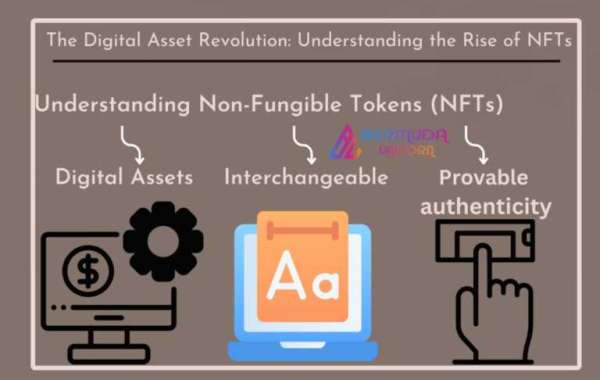BitLocker is a robust encryption feature integrated into Windows operating systems, designed to protect your data by encrypting entire drives. When enabled, it ensures that unauthorized users cannot access your files, even if they remove the hard drive from your PC and try to access it elsewhere. A critical component of BitLocker is the recovery key—a unique 48-digit numerical password that can unlock your encrypted drive if you forget your BitLocker password or if your PC enters recovery mode. Understanding how to find, use, and manage this recovery key is essential for any user relying on BitLocker for data security. This guide will walk you through everything you need to know about handling your BitLocker recovery key on Windows 10 and 11.
What is a BitLocker Recovery Key?
A BitLocker recovery key is a 48-digit numerical password generated when you activate BitLocker on a drive. This key is essential for accessing your encrypted drive in scenarios where you cannot use your standard BitLocker password. For instance, you might need the recovery key if you forget your password, if there's a hardware change, or if BitLocker detects potential tampering with your system.
Why is the BitLocker Recovery Key Important?
The recovery key is crucial because it acts as a fail-safe, ensuring that you can always regain access to your data. Without this key, you risk permanently losing access to your encrypted data if BitLocker denies access due to security concerns. Therefore, it's essential to store the recovery key securely.
How to Find Your BitLocker Recovery Key
There are several methods to locate your BitLocker recovery key, depending on how and where you chose to back it up when you initially set up BitLocker. Here are the most common methods:
Microsoft Account
- If you linked your BitLocker to your Microsoft account, you can find your recovery key by logging into your account on any device. Go to the Microsoft account recovery key page, and you'll see all the recovery keys associated with your account.
Printed Copy
- If you opted to print the recovery key, check the location where you stored the printout. It might be in a file folder, a safe, or another secure place.
USB Drive
- If you saved the recovery key to a USB drive, insert the drive into your computer and open the text file containing the key.
File on Your Computer
- You might have saved the recovery key as a text file on your computer or another device. Search for files named "BitLocker Recovery Key" on your computer.
Active Directory (AD) or Azure Active Directory (AAD)
- If your device is part of a work or school network, your system administrator might have saved the recovery key to Active Directory or Azure Active Directory. Contact your IT support team for assistance.
How to Use Your BitLocker Recovery Key
If you're prompted to enter your BitLocker recovery key, follow these steps:
Locate Your Recovery Key: Use one of the methods mentioned above to find your recovery key.
Enter the Recovery Key: When prompted by BitLocker, carefully type in the 48-digit numerical key.
Access Your Drive: Once the correct key is entered, you should regain access to your encrypted drive.
How to Manage Your BitLocker Recovery Key
Proper management of your recovery key is crucial to ensure you always have access to it when needed. Here are some best practices for managing your BitLocker recovery key:
Backup Multiple Copies: Store multiple copies of your recovery key in different locations. Consider using a combination of digital and physical backups.
- Digital copies could be stored on a USB drive, in your Microsoft account, or in a secure cloud storage service.
- Physical copies can be printed and stored in a safe or a secure filing cabinet.
Secure Storage: Ensure that the recovery key is stored securely to prevent unauthorized access. Avoid keeping the recovery key on the same device that is encrypted.
Regular Updates: Periodically update your recovery key storage locations and ensure that your backups are still accessible and in good condition.
Organization: Clearly label your recovery key and any associated documents so that you can quickly identify and access them when needed.
Common Issues and Troubleshooting
Lost Recovery Key:
- If you lose your recovery key and can't access your BitLocker-encrypted drive, your options are limited. You might need to contact professional data recovery services, but there's no guarantee they can help without the key.
Recovery Key Not Accepted:
- Double-check that you're entering the key correctly. Ensure there are no spaces or incorrect digits.
- Verify that you're using the recovery key for the correct drive. If you have multiple encrypted drives, each will have a unique key.
Unable to Find Recovery Key:
- Retrace your steps from when you first set up BitLocker. Check all potential storage locations, including old emails, USB drives, printed documents, and cloud storage.
Conclusion
BitLocker is a powerful tool for safeguarding your data, but its effectiveness hinges on your ability to manage and access the recovery key. By understanding the importance of the recovery key, knowing where to find it, and following best practices for managing it, you can ensure that your data remains secure and accessible even in unforeseen circumstances. Whether you're using Windows 10 or 11, these steps will help you handle your BitLocker recovery key with confidence and ease.








